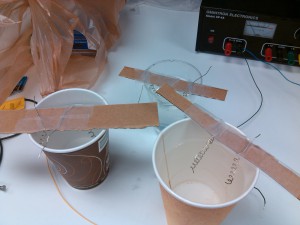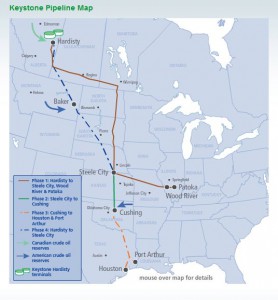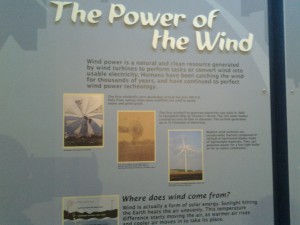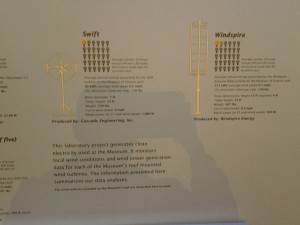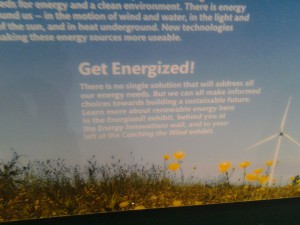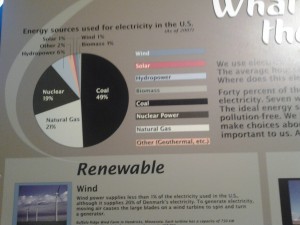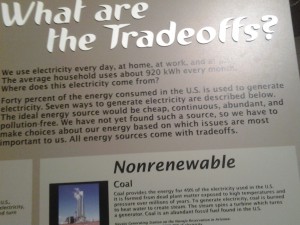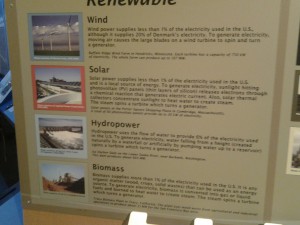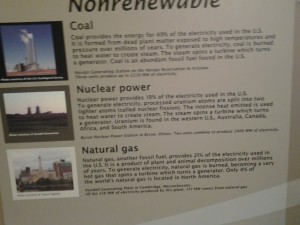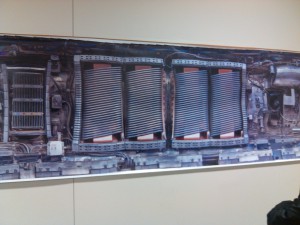Purpose:
The purpose a fuel cell is to generate electricity without creating high amounts of pollution. The byproduct of a fuel cell is primarily water and hydrogen gas. This fuel cell acts like a rechargeable battery.
Theory:
When connected to a power source, a chemical reaction occurs in the water solution. The electrons from the lead connected to the positive side of the power source, detach themselves and combine with water molecules (H2O) to create Hydrogen ions. The ions, positively charge are attracted to the negatively charged lead. The Oxygen molecules are attracted to the positively charged lead.
When the leads are disconnected form the power source and connected to a power consuming electrical device such as an LED, the electrons in the solution flows form the negatives side, throw the LED to the positive side where they create another chemical reaction with the hydrogen and oxygen of the solution to give water. Thus the solution acts like a rechargeable battery. Some of the hydrogen is lost during the experiment because it evaporates.
A homemade hydrogen fuel cell generates a small amount of voltage. To produce more voltage, we need better materials and bigger containers. We could also connect the fuel cells in series thus creating a network.
Apparatus:
- Water container
- Iron leads (platinum leads for maximum and better experiment)
- Voltmeter
- Power source (Battery, circuit board)
- Water
Procedure
We used the elements listed in the apparatus to produce a homemade hydrogen cell.
We first put each end of the leads in the water and connected the other to the voltmeter. We measured the value to confirm that the solution does not have any voltage potential. The value recorded was 0 Volts.
Next, we disconnected the leads from the voltmeter and connected them to the power source for a certain amount of time.
We then, disconnected the power source and reconnected the voltmeter to observe the new voltage potential of the solution.
Analysis and conclusion:
After connecting the lead to a power source of 9V for 1,3 and 6 minutes, we measured the voltage potential of the solution each time. We repeated the experiment with power sources of 10 and 15 Volts. We got:
| Voltage in Volts | Time in Minutes | Voltage produce in Volts | Slope |
| 9 | 1 | 0.406 | 0.0608 |
| 3 | 0.693 | ||
| 6 | 0.71 | ||
| 10 | 1 | 0.451 | 0.0602 |
| 3 | 0.74 | ||
| 6 | 0.752 | ||
| 15 | 1 | 0.645 | 0.027 |
| 3 | 0.7 | ||
| 6 | 0.78 |
We were able to graph the result of each voltage and found that the less the voltage the better the slope.
The graphs can be access via this link: https://drive.google.com/file/d/0B2J1rZ3a4a9yV1l3QWxNcmowbzg/view?usp=sharing
We also noticed that when the solution is connected to the power source for 30 minutes, the leads start to erode and is no longer suitable for a good experiment. The higher the voltage is and the longer the time is spent charging, the solution will have produced greater amounts of electricity.
